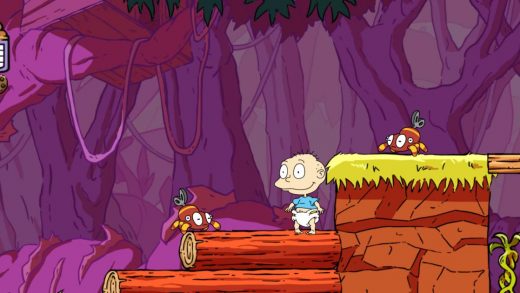
When asked about Chatterjee, Google spokesperson Jason Freidenfelds provided a company statement confirming he was “terminated with cause.” Freidenfelds also provided a statement from Zoubin Ghahramani, vice president at Google Research, saying that “we firmly uphold our standard for respectful discourse among our researchers.” Gharamani’s statement did not mention Chatterjee by name.
The episode adds to a series of recent internal conflicts at Google that suggest the freewheeling, engineer-centric culture it celebrated as a startup has left the company unprepared for some challenges of being a multinational with more than 100,000 staff.
Google hired Satrajit Chatterjee in 2018 as a senior machine learning researcher. He was previously a senior vice president at hedge fund Two Sigma and had also worked at Intel. When Chatterjee joined, Mirhoseini and Goldie already worked in the company’s most prominent machine learning lab, Google Brain. Chatterjee joined a separate, smaller research group inside Google’s research division.
The two women did not work directly with Chatterjee, but in 2019, Goldie’s internal document claims, he asked to manage the Morpheus project. After being politely declined, employees say, Chatterjee began raising doubts about the pair’s work with senior researchers they needed to collaborate with or win support from, suggesting their work was wrong or even fabricated.
As a more senior employee, Chatterjee’s questions could be influential. As a result, employees say, other senior staff at times became skeptical of Goldie and Miroseini’s work, questioning their results.
The effect was to turn Miroseini and Goldie’s work at Google into a stressful, split reality, insiders claim. At the same time as running a successful project with support from Google’s chip designers, they say the pair had to do extra work to respond to allegations that their results were wrong or even false.
Chip design teams at Google and elsewhere are generally cautious by nature, because nanoscale fabrication is expensive and any errors in a chip cannot be fixed once it has been carved into silicon. Google has said that TPUs have enabled breakthroughs in its AI research and services, and rents out the chips through its cloud unit. Yet Chatterjee’s criticisms of Morpheus continued even after Google’s hardware leaders decided they trusted it enough to let it help design the next generation of the company’s TPUs.
In May 2021, a Google employee posted to an internal email list asking if anyone had applied machine learning to the design of circuit boards. Mirhoseini replied to say that Morpheus could help. But Chatterjee chimed in to claim that older techniques outperformed machine learning tools and that commercially available chip design tools provided the best results.
Jeff Dean, Google’s head of AI, joined the discussion to say that Morpheus was already being used to design the next generation of TPU chips. The technology had won out in extensive tests against human chip experts and commercial chip design tools, Dean said, while also attaching a slide deck of the results.
Dean also linked to the team’s recently published, peer-reviewed Nature study. It reported that the Morpheus team’s code laid out blocks of TPU circuits better than Google engineers using commercial chip design tools. The authors did not disclose the details of those chip segments, saying they were confidential to Google, but also included results for an open source processor design freely available to anyone. The paper’s results were later replicated by another research team inside Google, and code for the experiments was open sourced.

